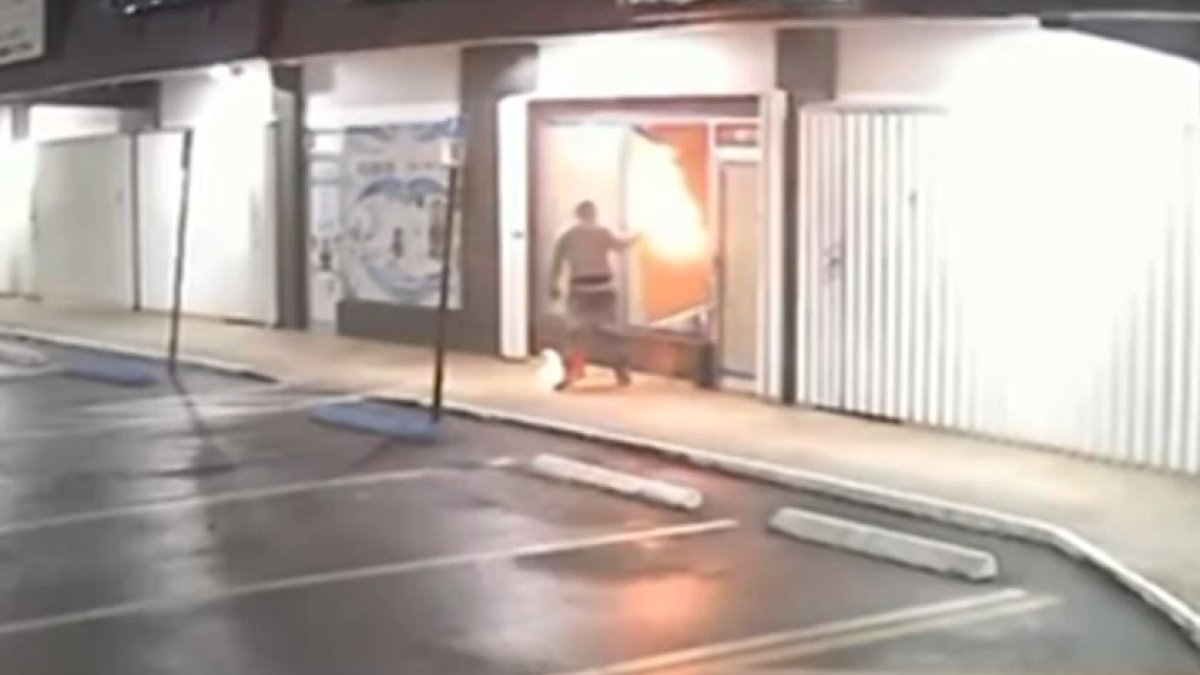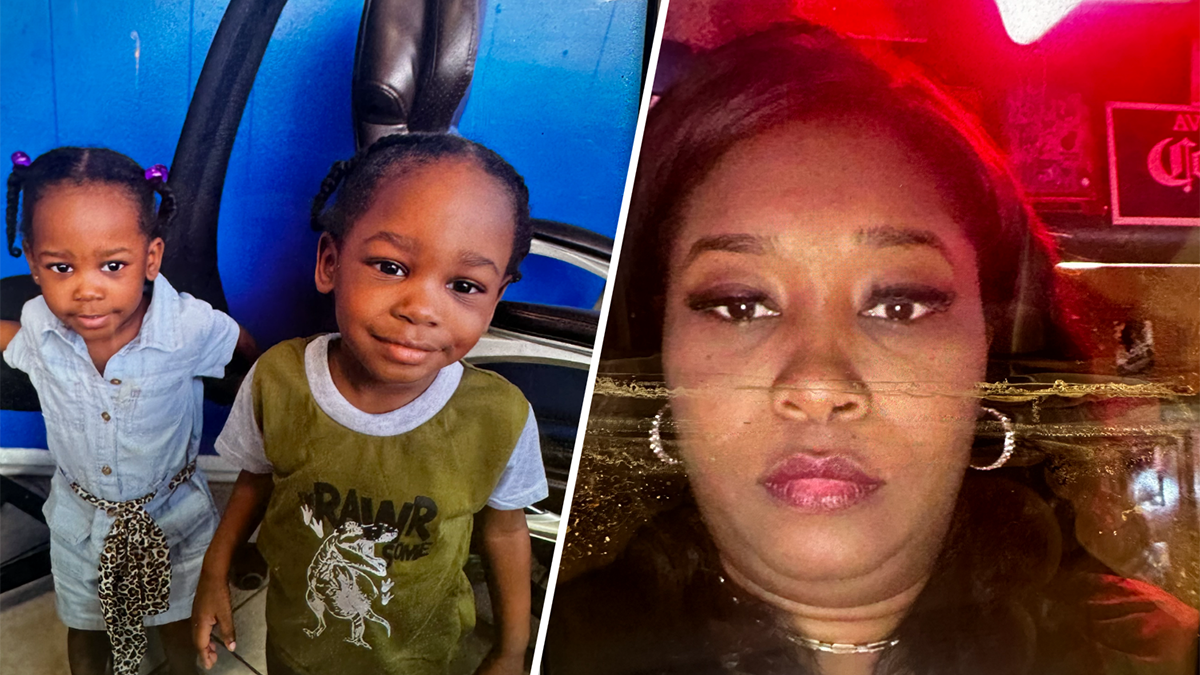No matter how old you are, or whether or not you have little ones, Halloween is fun! But as with other hectic holidays, the fun and games need to be tempered with a little due diligence. Here are some tips to keep your fur kids safe this Halloween.
Keep all candy away from pets.
While cats are not generally drawn to candy, dogs will eat it with gusto - especially chocolate! Chocolate contains theobromine, an alkaloid that is toxic to dogs and cats. Clinical signs of theobromine poisoning include vomiting, diarrhea, excessive panting, and increased urination. These signs can to progress to irregular heartbeat, seizures, internal bleeding, cardiac arrest, and even death. While the amount of theobromine found in dark chocolate and baking chocolate is much higher than amounts found in milk chocolate, all varieties can pose serious risks to your pet. The high fat and sugar contents can lead to gastrointestinal upset, or life-threatening pancreatitis.
In addition to chocolate, nuts can pose problems for pets as well. Their shape, size, and texture make them difficult to digest, and in the worst case scenario, they can cause an obstruction that requires a surgical repair. Walnuts often contain toxins produced by fungi. These compounds can lead to neurological symptoms. Macadamia nuts have been linked to muscle tremors, hindquarter paralysis, high fever and rapid heart rate. As of this writing, veterinary researchers have not identified the substance that causes these symptoms. Raisins must also be kept away from pets. Raisins and grapes contain compounds that have been linked to kidney failure in pets, and it only takes a small amount to make them seriously ill.
Sugar free candy must also be kept out of a pet’s reach. Xylitol, an artificial sweetener found in many sugar free sweets, can cause a life-threatening drop in blood sugar within 10-15 minutes of ingestion. Larger doses can lead to liver necrosis, kidney failure, and death. Xylitol is commonly added to toothpaste, mouthwash, medications and supplements, so be sure to check with your veterinarian before giving your pet any products intended for human use.
It is important to make sure children know about the doggie dangers in their trick-or-treat bags. Make sure they know candy is never to be shared, and must be stored out of a pet's reach. Ask them to bring any unwanted candy to an adult so they will not be tempted to get rid of it by giving it to a pet. If your pet has a habit of getting into the trash, try to find a creative solution for unwanted candy.
Remember that Halloween is scary.
Local
While many pets are happy to join in spooky fun, others find it absolutely terrifying. Constant knocking, strangers at the door, loud noises, crazy costumes - all of these things can be frightening for our pets. Since the front door is likely to opening and closing often, the best place for your cat may be in another room, behind a closed door. Be sure she has access to food, water, and a litter box. If your dog is not having fun, it's okay to put him in his kennel. Frightened animals may bolt through open doors. Additionally, a frightened dog is statistically likely to bite. Keep a watchful eye on both dogs and children, and calmly remove dogs from situations that may trigger a bite.
Choose pet costumes with care.
Our social media audience is getting a huge kick out of Grendel and Zohan’s costumes! The dogs, however, are less than thrilled with the headpieces. That’s okay - we’ll take some pictures, have a few giggles, then pin them back so the dogs can enjoy the day too.
While pet costumes are a blast for us, the pets themselves may be no be so enthusiastic. Unhappy pets may injure themselves trying to “escape” from an uncomfortable costume. Know your pet’s limits and don’t force them to endure something they hate. And if you’re headed outdoors with a costumed pet, remember it’s still hot out there! Many costumes are designed for cooler climates, so bring plenty of water, and ditch the costume if your pet becomes overheated.
Clean up after crafts.
If you’re spending Halloween in a DIY costume, clean up all crafting debris as soon as possible. Shiny needles and wispy threads are irresistible to cats. When swallowed, they present a life-threatening emergency. Ribbons and strings can cause problems as well, so keep your kitty away from the crafting supplies.
Keep pets inside.
As Halloween approaches, our neighbors may decide to engage in a bit of mischief. Do not leave pets unattended outdoors where they can be teased, harassed, or frightened.
Most importantly - have fun! By taking a few simple precautions, we can save our pets from a scary Halloween trip to the vet.
Dr. Kupkee is the lead practitioner at Sabal Chase Animal Clinic
Do you have a question for Dr. Kupkee? Send him an email by clicking here.
Click here to check out these great deals and offers exclusively for NBC 6 fans!



